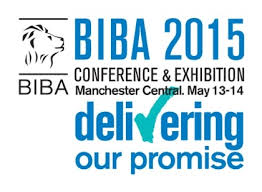I have written previously on how all companies no matter how large or small are at risk from IP litigation. One company that was forced to take legal action was Magmatic Ltd, better known as the manufacturer of Trunki, the ubiquitous ride-on children’s suitcase.
The business is a real British success story with the owner, Robert Law persevering against the odds to turn an idea into a multi million pound business. He even got rejected by the dragons along the way.
Unfortunately, as is the case with many successful ideas a competitor, PMS International Ltd sought to gain a commercial advantage by copying the Trunki design. The photographs below show the extent to which the products look the same. The first column reproduces Trunki’s Community Registered Design (CRD) as filed, the second column shows the Trunki suitcase itself and the third column reproduces pictures of PMS’s product, the Kidee Case.
Following launch of the Kidee Case, Magmatic took legal action to prevent further sales and to recover damages for infringement of its CDR. At trial the court heard how PMS had seen a gap in the market for a cheaper Trunki style suitcase and had even admitted that, to some extent at least, the Kidee Case had been inspired by Trunki.
CRDs protect any aspect of the appearance of the whole or part of a product resulting from its lines, contours, colour, shape or texture or the materials from which a product is made and at trial Trunki successfully argued that the Kidee Case infringed this right. In coming to his decision, the judge rightly followed previous case law and disregarded all decoration on the Kidee Case (which, as can be seen, was designed to look like a tiger as opposed to Trunki’s horned animal).
PMS promptly appealed and in an important judgement, the Court of Appeal overturned the judge’s findings. The Court of Appeal concluded that:
“it was wrong for the judge to eliminate the decoration on the accused design from his consideration entirely because it significantly affects how the shape itself strikes the eye, and the overall impression it gives”
And that, when taking surface decoration into consideration the overall impression of the two designs was different. As a result, PMS were found to be non-infringing and Trunkie has been left with a sizeable legal bill and copycat manufacturers lining up to take advantage of the decision.
Unsurprisingly, this judgement has caused some disquiet amongst designers and IP practitioners. By relying on the decoration of the Kidee Case, the Court of Appeal seems to have altered the test for assessing infringement of such rights. Third parties could now be able to claim that subtle differences in surface decoration render CDR protection invalid which raises uncertainty about the scope of protection afforded by these rights.
Following the decision, Mr Law and other notable designers have begun a campaign to improve protection for UK designers. The campaign #protectyourdesign may take some time to bring about the desired change but is important. If you are a designer, we encourage you to support these efforts.













